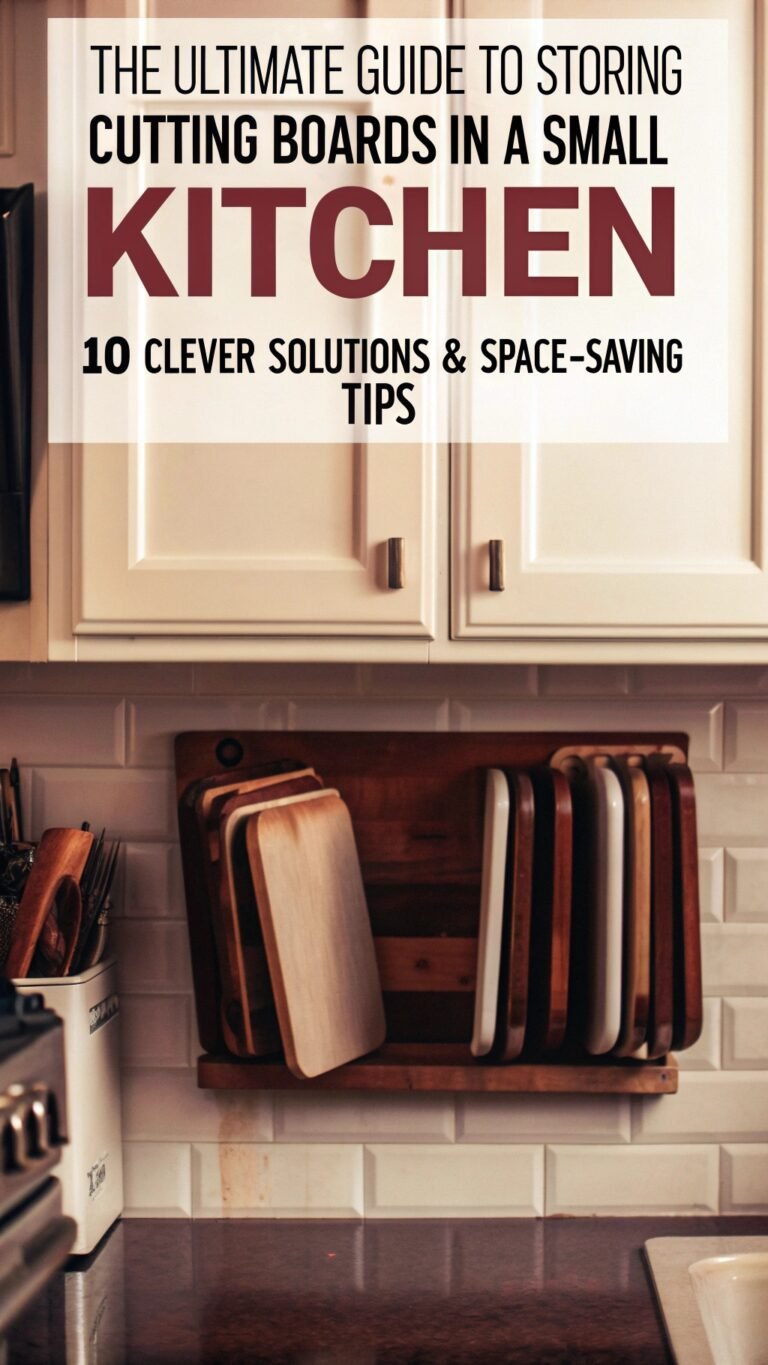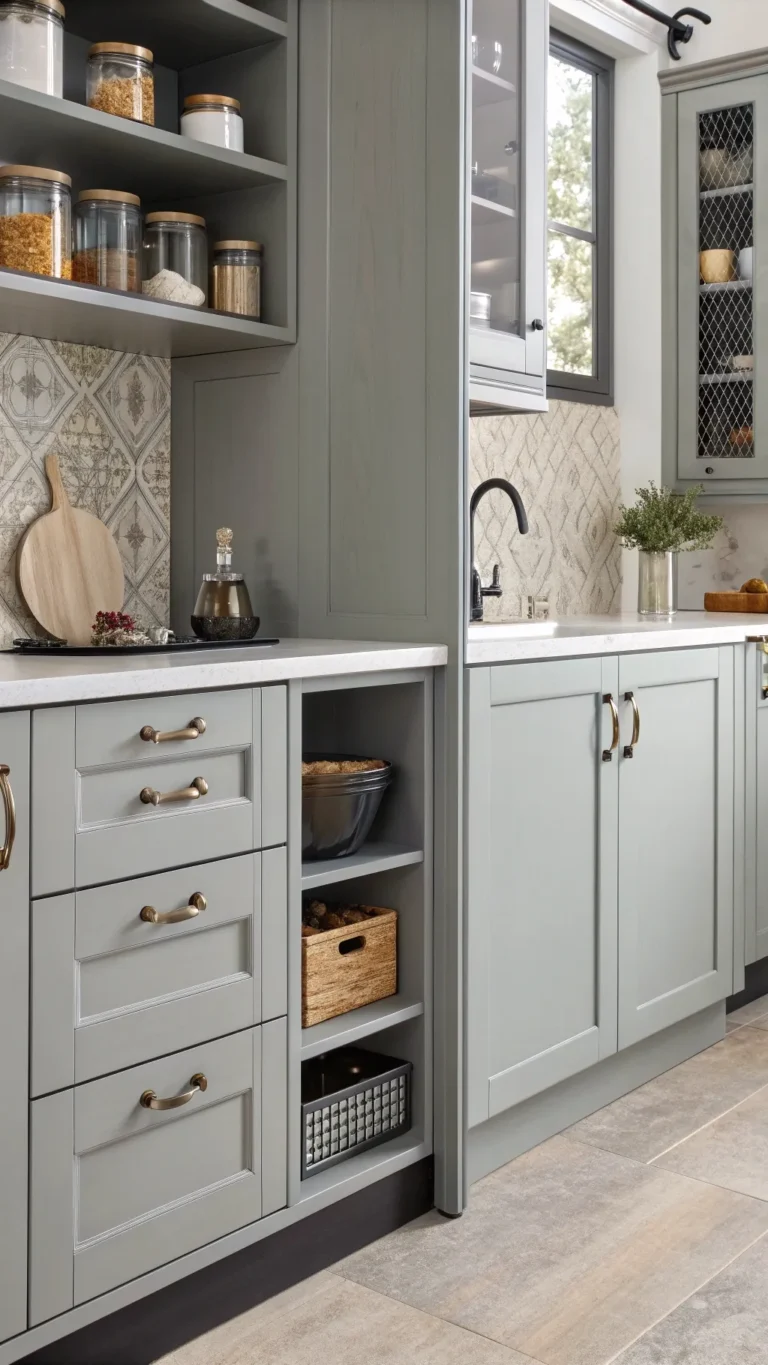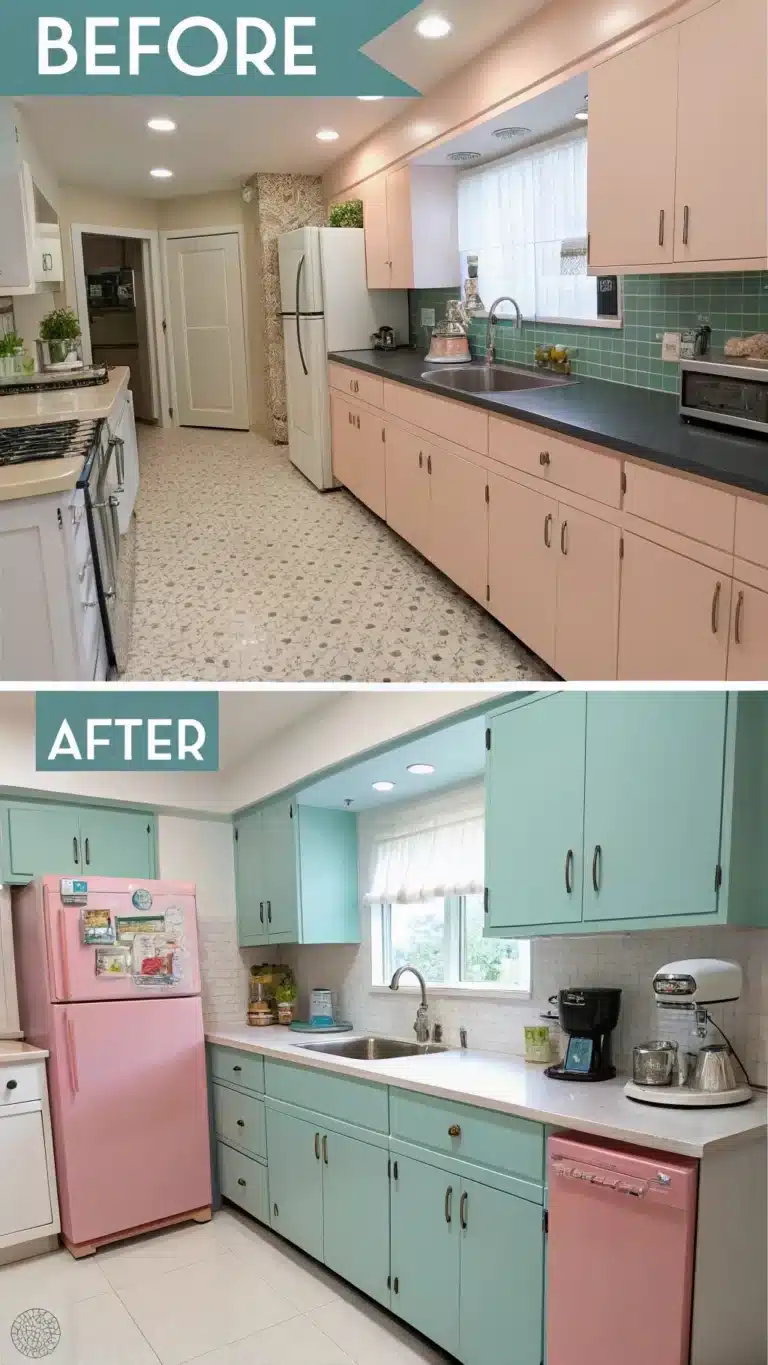Cooking in a small kitchen often means dealing with trapped smells, grease buildup, and heat. These problems make the kitchen uncomfortable and can harm your home’s condition. Good ventilation is not just a luxury but a necessity for health, comfort, and maintaining your kitchen. Many small kitchens miss proper ventilation or have layout issues that make installing traditional systems tricky. Proper air flow removes smoke, moisture, odors, and improves air quality. It also helps prevent mold and mildew growth.
This guide lists the top 10 small kitchen ventilation solutions. These fit various needs, budgets, and space setups. Expect to find options from traditional hoods to ductless models and handy alternatives. Small kitchen ventilation requires smart choices to keep air fresh and clean.
Section 1: The Foundation – Essential Hoods Over the Cooktop
Ventilating right above the cooktop remains the best way to remove smoke and grease. The hood’s size must fit the cooking surface and be correctly placed to capture air. Below are some popular solutions.
Solution 1: Under-Cabinet Range Hoods (Ducted & Ductless Options)
This type fits snugly under cabinets above the stove. It saves wall space, a major plus in small kitchens. Ductless versions are easier to install but may remove less heat and moisture. Regular cleaning or replacing filters keeps them working well. Available in slim designs and finishes to match your kitchen. Measure your cooktop width before buying. Experts say your hood width should match or slightly exceed your cooktop size. For example, a 24-inch range needs a 24-inch hood. A well-fitted under-cabinet hood keeps grease out of cabinets and walls.
Solution 2: Microwave Hood Combos
These units combine a microwave and vent hood in one. They save space and provide two functions at once. Some models use ducts; others recirculate air through filters. Ventilation tends to be less strong than dedicated hoods. Noise levels vary, so check before buying. Consider your cooking style—high-heat frying needs powerful airflow. A microwave combo works best in small kitchens where counter space is tight. Experts say look for CFM (cubic feet per minute) that matches your cooking needs. A 300 to 400 CFM rating often fits typical home cooking.
Solution 3: Compact Wall-Mount Hoods
Wall-mount hoods attach directly to the wall above the range. They sometimes include a decorative chimney. Compact sizes (around 24 inches wide) fit small kitchens well. These hoods often offer strong ventilation power. But they need free wall space and may look bulky if too large. Choose slim, modern designs to suit your kitchen style. Experts suggest matching the hood to your kitchen’s look and cooktop size. Avoid installations that crowd the space or interfere with cabinet doors.
Solution 4: Convertible Hoods (Flexibility is Key)
Convertible hoods let you choose between ducted or ductless setup. This choice helps in homes without existing ductwork or rental units where cutting walls isn’t allowed. They bring versatility but perform better when ducted outside. Filters in ductless mode need frequent cleaning or replacement. Conversion kits might be needed for switching modes. Remember, ducting outside reduces humidity and heat better. Renting experts recommend these hoods for those wanting flexible solutions. Consult a kitchen professional to install them properly.
Section 2: Integrated & Alternative Mechanical Solutions
Small kitchens benefit from hidden or alternative ventilation for neat designs and function.
Solution 5: Insert/Liner Hoods
Insert hoods hide inside custom cabinets or special boxes above the stove. This offers a sleek, built-in look that reduces visual clutter. The kitchen feels larger without bulky appliances showing. Costs tend to be higher due to custom work. Installation takes skill and planning. This solution suits those redecorating or building kitchens from scratch. Designers praise insert hoods for high-end kitchens with small footprints. They combine performance with style seamlessly.
Solution 6: Downdraft Ventilation
Downdraft vents pull smoke and steam downwards and away from the cooktop. Pop-up vents or integrated units behind burners are common. These work where overhead hoods cannot fit, like kitchen islands or peninsulas without ceilings or walls above. Though innovative, downdrafts usually remove smoke less effectively. They use cabinet space below for the vent system. Homeowners should check if their cook style needs high ventilation power. Experts warn that downdraft vents might struggle with heavy frying or grilling.
Solution 7: Through-Wall Vent Fans
These vents push air out through an exterior wall near the cooking area. They cost less and fit easily if you have an exterior wall close. Wall fans remove hot air but may not block grease well. So they work best with light cooking tasks or as add-ons to other ventilation. A simple wall fan can improve air flow especially in apartments with limited options. Installing one requires cutting a hole through the wall and adding a grille outside. Building codes may require dampers to stop outside air flow when turned off.
Section 3: The Ductless Reality – Pros, Cons, and Optimizing Performance
Ductless ventilation suits renters or kitchens where installing ducts proves difficult.
Solution 8: Embracing Ductless (Recirculating) Hoods
These hoods pull air through grease and charcoal filters and push filtered air back indoors. They do not vent outside. Filters trap grease and neutralize odors but do not remove heat or moisture well. This shortcut works in apartments or places restricting duct cuts. Regular filter cleaning or replacement ensures good performance. Experts advise choosing ductless hoods with strong motors for better air movement. Monthly cleaning prevents grease buildup and fire risks. A 2023 study showed ductless hoods reduce kitchen particles by 65%, less than ducted models but significant still. Users report better comfort when following maintenance schedules.
Section 4: Supplemental & Passive Airflow Strategies
Beyond mechanical ventilation, supporting airflow keeps kitchens fresh.
Solution 9: Portable Air Purifiers (Supplemental)
Air purifiers clean room air using filters like HEPA and activated carbon. They remove odors and fine particles after cooking ends. Portable units need no installation and can fit small counters or corners. These do not capture grease or smoke at the source. Filters need replacement every 3–6 months. Experts suggest running purifiers during and after cooking to improve air feel. A 2024 study found HEPA purifiers reduced airborne cooking odors by 70% in test kitchens. Best used alongside a primary vent system.
Solution 10: Passive Ventilation Strategies
Open windows, doors, and vents let fresh air circulate naturally. This method costs nothing and is simple. Cross-ventilation works best—air enters one opening and leaves another. But weather and outdoor pollution can limit use. Not strong enough for grease or heavy smoke removal. Open windows before, during, and after cooking. Use exhaust fans in nearby bathrooms to help pull air. Avoid blocking existing vents. Experts agree passive ventilation improves air quality but only when backed by mechanical solutions.
Smart Ventilation (2025 Trend)
New ventilation systems detect cooking activities automatically. They switch on fans when smoke or heat rises. Some connect to apps or smart home devices, letting users control settings remotely. Smart hoods save energy by running only when needed. These features appeal to small kitchen users wanting easy control and noise reduction. Yet, higher costs and tech familiarity affect adoption. Early adopters find smart ventilation adds comfort without extra effort.
Section 5: Choosing the Right Solution for Your Small Kitchen
Pick a ventilation method that fits your space and needs.
Key Factors to Consider:
- Layout & Space: Measure vertical and horizontal room around cooktops carefully.
- Ductwork Availability: Confirm if external venting is possible or allowed.
- Cooking Style: Frying needs higher airflow; boiling requires less.
- Budget: Different solutions vary from affordable fans to costly custom hoods.
- Noise Level (Sones): Find models that run quietly to suit open layouts.
- Style: Blend ventilation with kitchen design for cohesive look.
- Maintenance: Check how often filters or parts need cleaning or changing.
CFM and Sones Explained for Small Spaces
CFM means how much air the vent moves each minute. Higher CFM clears smoke faster. Sones measure noise level. Lower sones mean quieter fans.
| Hood Type | Typical CFM | Typical Sones | Best For |
|---|---|---|---|
| Under-Cabinet Hood | 200-400 | 1.5-4 | Small kitchens, moderate cooking |
| Microwave Hood Combo | 250-400 | 2-5 | Space-saving, light cooking |
| Wall-Mount Compact Hood | 300-600 | 2-6 | Small kitchens with wall space |
| Ductless (Recirculating) Hood | 150-350 | 2-5 | Rentals, no ductwork |
| Downdraft Vent | 300-500 | 3-7 | Islands or peninsulas |
Installation Considerations
DIY fits ductless hoods and plug-in fans. Adding ductwork or wiring calls for pros. Small kitchens can limit space for ducts. Tight fits and electrical access may require hiring a contractor. Always confirm local codes before vent installation.
Budgeting for Ventilation
Units range from under $100 (simple fans) to over $1,000 (custom inserts). Installation varies from free (DIY) to hundreds in labor. Filters add ongoing costs. Shop sales or refurbished models for savings. Investing in good ventilation prevents costly kitchen damage in future.
Maintenance Matters in Small Kitchens
Keep filters clean to avoid fire and maintain airflow. Mesh filters wash in warm soapy water. Charcoal filters replace every 6 months. Wipe hood surfaces weekly to reduce grease. Here’s a simple schedule:
- Weekly: Clean hood surface and grease catchers
- Monthly: Wash mesh or metal filters
- Every 6 months: Replace charcoal filters
- Annually: Check vent ducts or recirculation pathways
Frequently Asked Questions (FAQs)
Q: Can I install a range hood without ductwork? A: Yes, ductless recirculating hoods fit well in rentals or places without ducts.
Q: How strong does ventilation need to be for a small kitchen? A: Generally, use 100 CFM per linear foot of your cooktop width.
Q: Which ventilation type removes moisture best? A: Ducted hoods vent moisture outside; ductless systems only filter air.
Q: Are downdraft vents effective? A: They help where no overhead vent fits but don’t capture smoke as well.
Q: How noisy are range hoods? A: Quiet models run near 1.5 sones; louder ones exceed 5 sones.
Selecting the right kitchen ventilation depends on your space, cooking, and budget. With these 10 solutions, small kitchens can breathe easier and stay fresher. Upgrade your kitchen air






